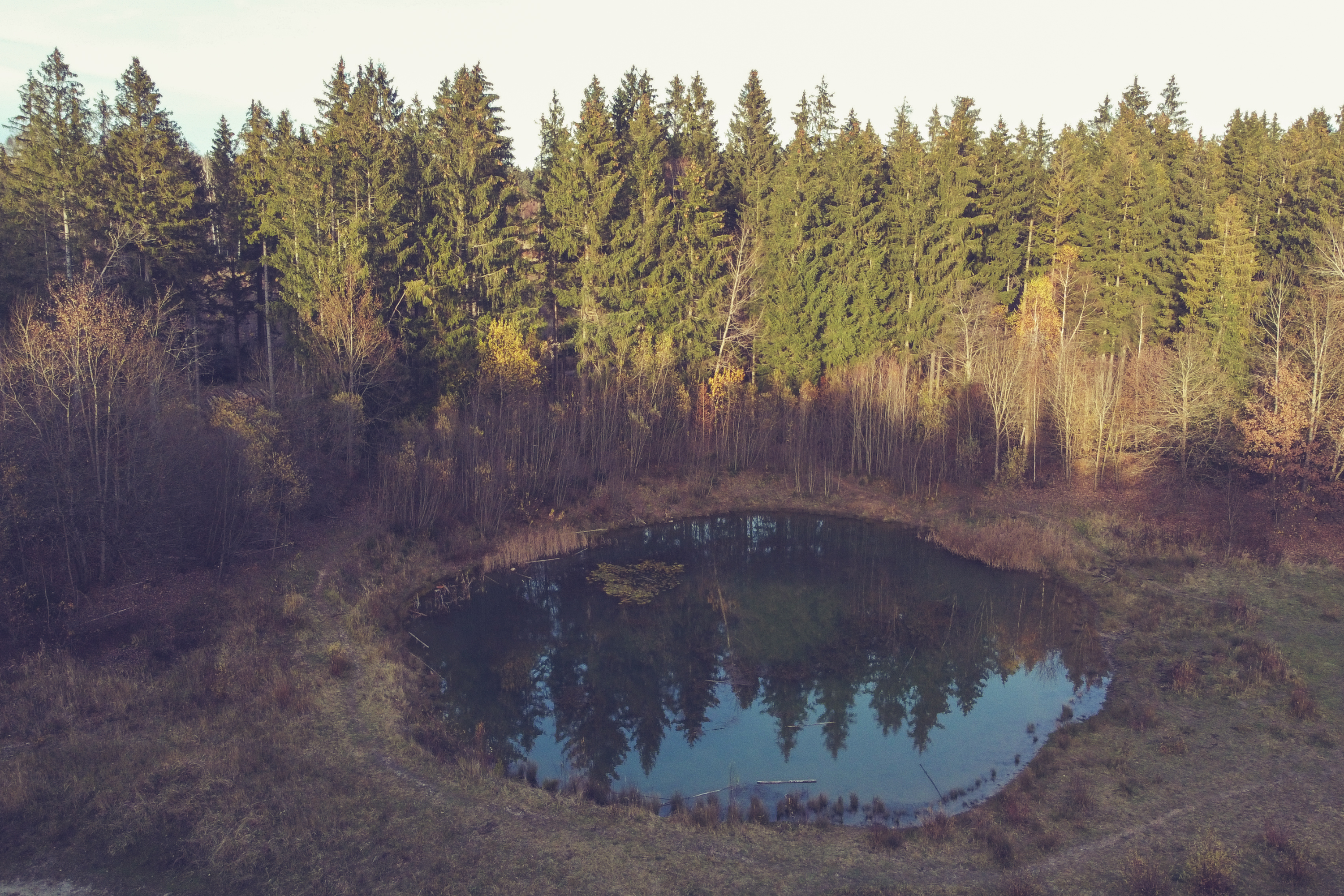
Farm Ponds and Tanks: Storing Water for When Your Crops Need It Most
When you want to take control of your water supply, nothing beats having your own farm pond or water tank. These storage systems capture rainwater, runoff, or pumped groundwater and hold it until your crops need a drink. Perfect for homesteaders looking to build resilience and independence on their land.
How It Works
Farm ponds are excavated or natural depressions that hold large volumes of water, often fed by runoff or springs. Water tanks come in many sizes—from small rain barrels to massive steel or plastic cisterns—and store water collected from roofs or pumped from wells.
Stored water is then distributed via pumps, gravity, or irrigation lines to fields, gardens, or livestock.
Pros
-
Provides water security during dry periods or droughts
-
Supports multiple uses—irrigation, livestock, firefighting, and recreation
-
Can improve landscape and wildlife habitat
-
Relatively low technology and easy to maintain
Cons
-
Requires upfront excavation or tank purchase costs
-
Ponds can lose water to evaporation and seepage
-
Water quality can degrade without proper management
-
May need fencing or safety measures to protect children and animals
Best For
-
Homesteads and farms wanting reliable, on-site water storage
-
Areas with seasonal rainfall or intermittent water supplies
-
Irrigating gardens, pastures, or orchards
-
Integrating livestock watering with crop irrigation
Equipment Needed & Water Rights
Equipment Needed:
-
Excavator or contractor for pond construction (if building new)
-
Water storage tanks sized to your needs
-
Pumps and irrigation piping
-
Overflow and drainage structures
-
Water quality testing kits and aeration equipment (optional)
-
Safety fencing or covers as needed
Water Rights:
-
Check local regulations for pond construction permits and water use
-
If diverting runoff or spring water, obtain necessary water rights or approvals
-
Storage tanks usually don’t require water rights but verify with local authorities
-
Keep records of water use if required by regional water management
Homesteader Tips
-
Line your pond if you have highly porous soils to reduce seepage
-
Use shade trees or covers on tanks to limit evaporation
-
Regularly inspect and clean pumps, pipes, and storage structures
-
Manage ponds to prevent mosquito breeding and algae growth
-
Combine ponds and tanks with rainwater harvesting and drip irrigation for best efficiency
Farm ponds and tanks give you the peace of mind of having water ready when your crops and livestock need it most. They’re a cornerstone of sustainable homesteading and smart water management.
Up next: Treated Wastewater (Reclaimed Water): Recycling Water for Sustainable Farming
Share


